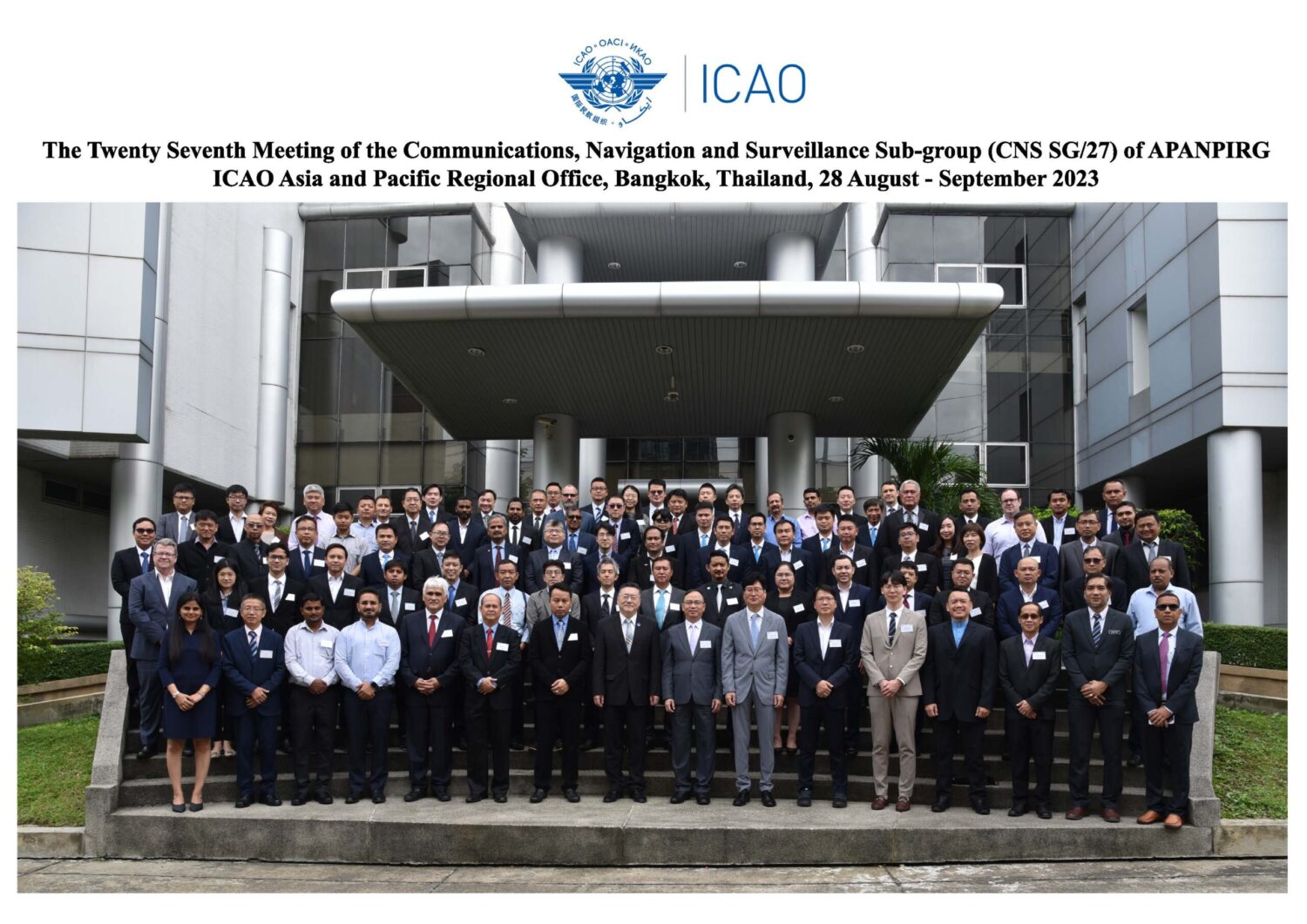The communication, navigation, and surveillance (CNS) work ICAO carries out plays a pivotal role in ensuring the seamless and safe operation of global air navigation systems. This work includes maintaining the currency of critical CNS and air traffic management (ATM) documents like Annex 10 and global air navigation plans for CNS/ATM systems, along with regional supplementary procedures (SUPPs) and other manuals and circulars.
ICAO’s CNS responsibilities includes undertaking comprehensive studies and providing invaluable guidance on various aspects of communications, radio navigation, and surveillance systems and concepts. We collaborate closely with organizations such as the International Telecommunication Union, other United Nations entities, and industry stakeholders to ensure the efficient allocation and utilization of the electromagnetic spectrum for aeronautical communications, radio navigation, and surveillance services.
We are at the forefront of developing and maintaining ICAO’s CNS systems, addressing critical areas like air/ground data link, Mode S, global navigation satellite systems (GNSS), aeronautical frequency management, electromagnetic compatibility, aircraft addressing, surveillance enhancements, aeronautical telecommunication networks, and ATS voice switching and signaling systems. In doing so, the CNS Section plays a vital role in advancing and upholding the standards and requirements for international civil aviation, fostering safe, cost-effective, and efficient global air travel.
The Twenty Seventh Meeting of the Communications, Navigation and Surveillance Sub-group (CNS SG/27) of Asia/Pacific Air Navigation Planning and Implementation Regional Group (APANPIRG) was held at the ICAO APAC Regional Office, Bangkok, Thailand, from 28 August to 1 September 2023. The meeting was attended by 108 participants (94 In-person + 14 virtual) from 24 States/Administrations, 3 International Organizations, and 2 industry partners.
The 5-day Meeting focused on significant accomplishments, work under progress, and milestones achieved by various CNS contributory bodies in 2023. Additionally, the Meeting deliberated future CNS strategic initiatives for accomplishing desired objectives in the coming years. Several deliverables planned for 2023 were finalized. These included the adoption of the revised Asia/Pacific Regional ATN Documentation Tree, the new Telecommunication Infrastructure Table, the Revised Terms of Reference of the Aeronautical Communication Services Implementation Coordination Group (ACSICG), Asia Pacific Regional Aeronautical Radio Frequency Management Guidance Material Edition 1.0, Revised GBAS safety assessment guidance document related to anomalous ionospheric conditions, Revised SBAS safety assessment guidance document related to anomalous ionospheric conditions, Extension of timelines of the Asia/Pacific GBAS/SBAS Implementation Task Force, Mode S DAPs IGD Edition 5.0, Revised ToR of Surveillance Implementation Coordination Group (SURICG), and Regional Guidance Document for Addressing Human Factor Issues of ATSEP. The Meeting also endorsed the Asia/Pacific Regional FIXM version 4.2 Extension, Revised Navigation Strategy- APAC, and General Strategy on Assignment of and Migration to SI Code in the APAC Region for APANPIRG/34 adoption, which were adopted by APANPIRG/34 held in Hong Kong China from 11-13 December 2023.
The full report of the CNS SG/27 meeting can be accessed here.


